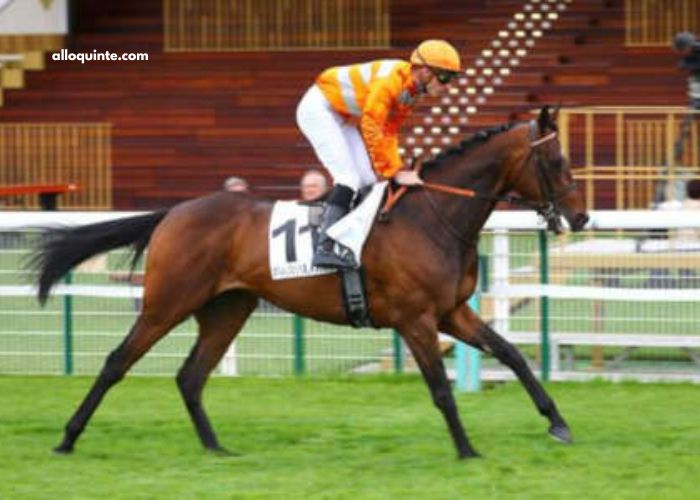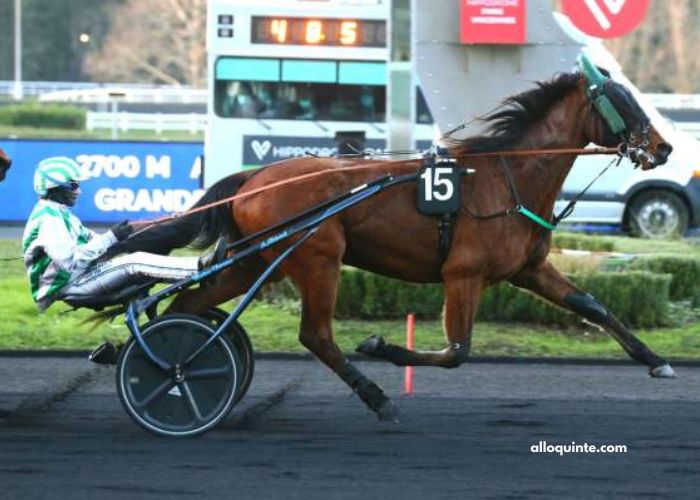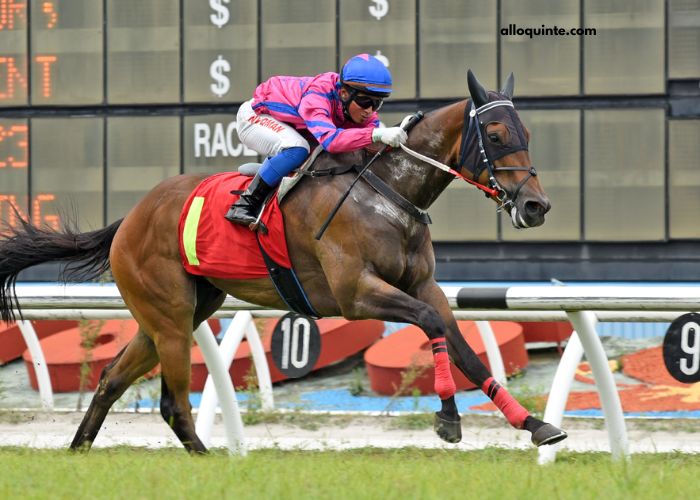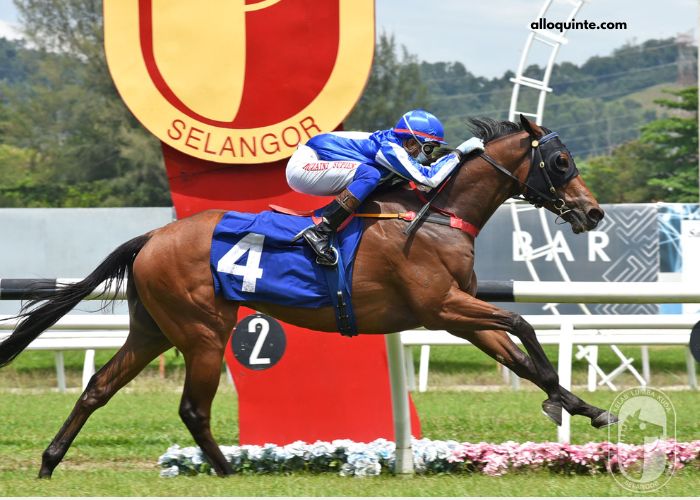Horse race betting is a world filled with excitement, strategy, and detailed analysis, especially when it comes to betting on hippique turf tracks. The term Good Hippique Turf represents not just a quality racing surface but also a crucial factor influencing horse performance and betting outcomes. Understanding what defines Good Hippique Turf and how to leverage this knowledge can transform the way you approach horse race betting.
Many bettors underestimate the importance of turf conditions, yet it is one of the most significant aspects that impact race results. Horses respond differently to turf quality, weather effects, and track maintenance, making Good Hippique Turf a vital element for serious bettors. The connection between the condition of the hippique turf and the horses’ ability to perform at their peak is undeniable, making it a key consideration for placing informed bets.
What Defines Good Hippique Turf In Horse Racing?
Good Hippique Turf refers to the optimal condition of the turf on which horses compete during hippique or horse racing events. Turf quality is measured by factors such as grass length, firmness, moisture levels, and overall maintenance. A well-maintained turf ensures a fair and competitive race, providing ideal footing for the horses.
The significance of Good Hippique Turf goes beyond aesthetics; it directly affects a horse’s speed, traction, and endurance throughout the race. Turf that is too soft can slow down horses and increase the risk of injuries, while excessively firm turf can lead to faster paces but higher strain on the horses’ legs. Thus, race organizers and bettors alike pay close attention to turf conditions when assessing races.
Maintaining Good Hippique Turf involves specialized groundskeeping techniques, including precise watering schedules, mowing patterns, and soil management. This ensures consistency in track conditions, which is essential for the integrity of races and the safety of the competing horses. The relationship between turf quality and horse performance highlights why bettors focus on this factor when making predictions.
How Does Good Hippique Turf Affect Horse Performance?
The performance of horses on the track is highly dependent on the quality of the hippique turf. Horses with particular running styles or hoof structures may perform better on certain turf conditions, which is why understanding Good Hippique Turf is critical for bettors seeking to optimize their bets.
When the turf is in good condition, horses can maintain balance and generate maximum speed without the risk of slipping or injury. For example, turf that offers moderate firmness allows horses to push off the ground efficiently while cushioning the impact on their legs. On the other hand, wet or muddy turf can disadvantage some horses while favoring others who thrive in softer conditions.
Moreover, horses accustomed to running on Good Hippique Turf often have a psychological edge. Familiarity with optimal turf conditions can boost a horse’s confidence and improve their overall race strategy. Bettors who consider these subtle dynamics when analyzing race conditions tend to make smarter decisions and avoid costly mistakes.
Why Is Good Hippique Turf Important For Bettors?
For horse race bettors, the condition of the hippique turf can be the difference between a winning bet and a lost wager. The influence of Good Hippique Turf on race outcomes cannot be overstated, as it affects which horses are more likely to succeed based on their adaptability to the track conditions.
Bettors who ignore turf conditions often find themselves at a disadvantage because they miss a critical factor that shapes race dynamics. A horse’s past performances on different turf qualities are telling indicators of future success, and Good Hippique Turf status helps identify those horses best suited for the day’s race.
Furthermore, information about turf condition is usually available in race previews and reports, giving savvy bettors an edge. By integrating the analysis of Good Hippique Turf into their betting strategies, bettors gain a deeper understanding of potential race winners and value bets. This careful attention to detail often translates into more consistent betting profits and fewer unexpected losses.
How Can Bettors Identify Good Hippique Turf Conditions?
Identifying Good Hippique Turf requires knowledge of key turf characteristics and access to reliable information sources. Bettors need to observe factors such as weather reports, track maintenance updates, and historical turf performance data to assess if the turf meets optimal conditions.
Weather plays a significant role in turf quality. Prolonged dry spells can harden the turf, while heavy rains might soften it excessively. Bettors should monitor how recent weather patterns have influenced the hippique turf and correlate this with the horses’ past results under similar conditions. This comparative analysis sharpens predictions.
In addition to weather, official track reports provide crucial insights into turf conditions before each race. These reports include details about turf firmness, moisture levels, and any recent maintenance efforts. Bettors who integrate this information with their knowledge of horses’ turf preferences are better positioned to identify races where Good Hippique Turf will favor certain contenders, leading to smarter wagers.
What Are The Challenges In Betting On Good Hippique Turf?
Betting on races run on Good Hippique Turf does come with its challenges, primarily because turf conditions can be highly variable and difficult to predict perfectly. Turf can change rapidly due to unexpected weather, heavy racing schedules, or sudden maintenance decisions.
Another challenge is the individual variability among horses. While some thrive on firm, fast turf, others excel in softer, wetter conditions. Understanding these nuances requires deep knowledge of the horses’ histories and running styles, which may not always be accessible to casual bettors.
Moreover, turf conditions interact with other race factors such as race distance, jockey skill, and competition level. Successful bettors must synthesize all these variables alongside Good Hippique Turf status to make well-rounded betting decisions. This complexity makes turf betting more demanding but also more rewarding for those who master it.
How To Use Good Hippique Turf Information For Winning Bets?
To effectively use Good Hippique Turf information, bettors should combine it with comprehensive race analysis. This includes reviewing each horse’s previous performances on similar turf conditions, studying jockey and trainer statistics, and evaluating race-day weather and track updates.
Developing a consistent approach to monitor turf condition trends across various racetracks helps bettors build a reliable database for future predictions. Recording how horses perform on Good Hippique Turf over time allows bettors to identify patterns and make informed predictions rather than relying on guesswork.
Additionally, it’s wise to balance turf condition insights with bankroll management and betting discipline. Even when Good Hippique Turf favors certain horses, unpredictability remains inherent in horse racing. Successful bettors use turf condition knowledge to improve their odds, not as a guarantee, and bet within their limits accordingly.
Conclusion
In horse race betting, Good Hippique Turf plays a pivotal role in determining race outcomes and influencing betting strategies. Understanding turf conditions, their effects on horse performance, and how to analyze this information can dramatically enhance a bettor’s success.
While challenges exist in predicting turf variations, knowledgeable bettors who prioritize Good Hippique Turf insights often find greater consistency and profitability in their wagers. Mastering this aspect of horse race betting opens the door to smarter, more informed betting decisions that can lead to long-term rewards.




